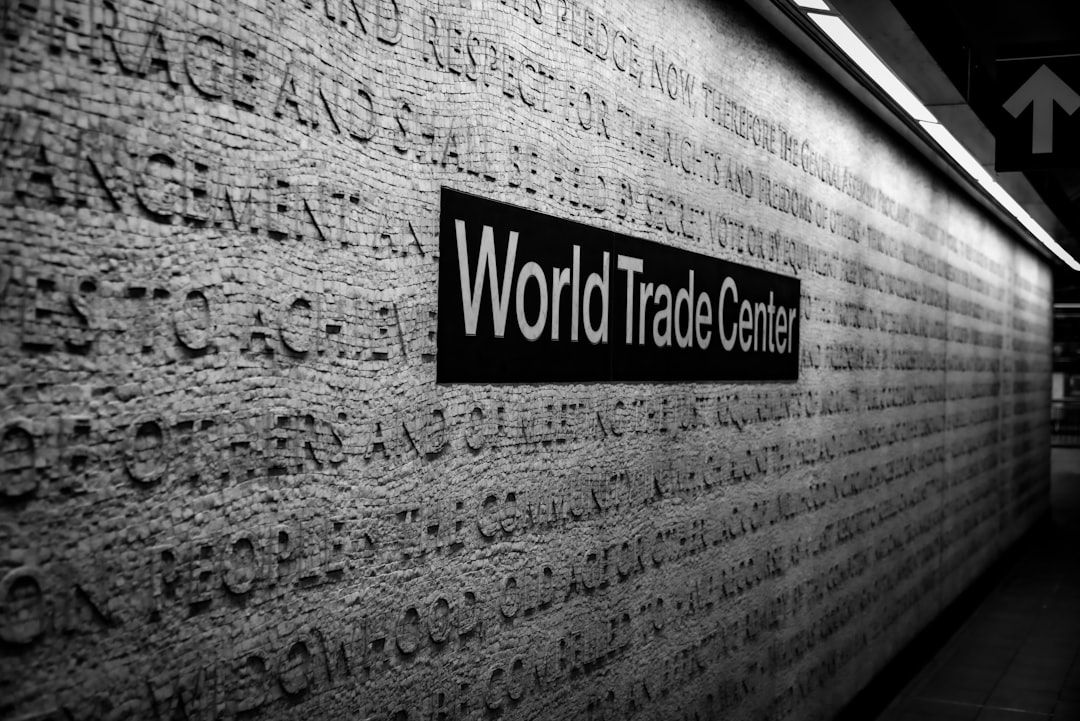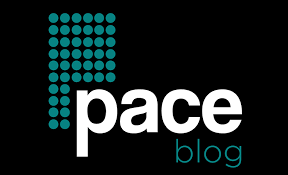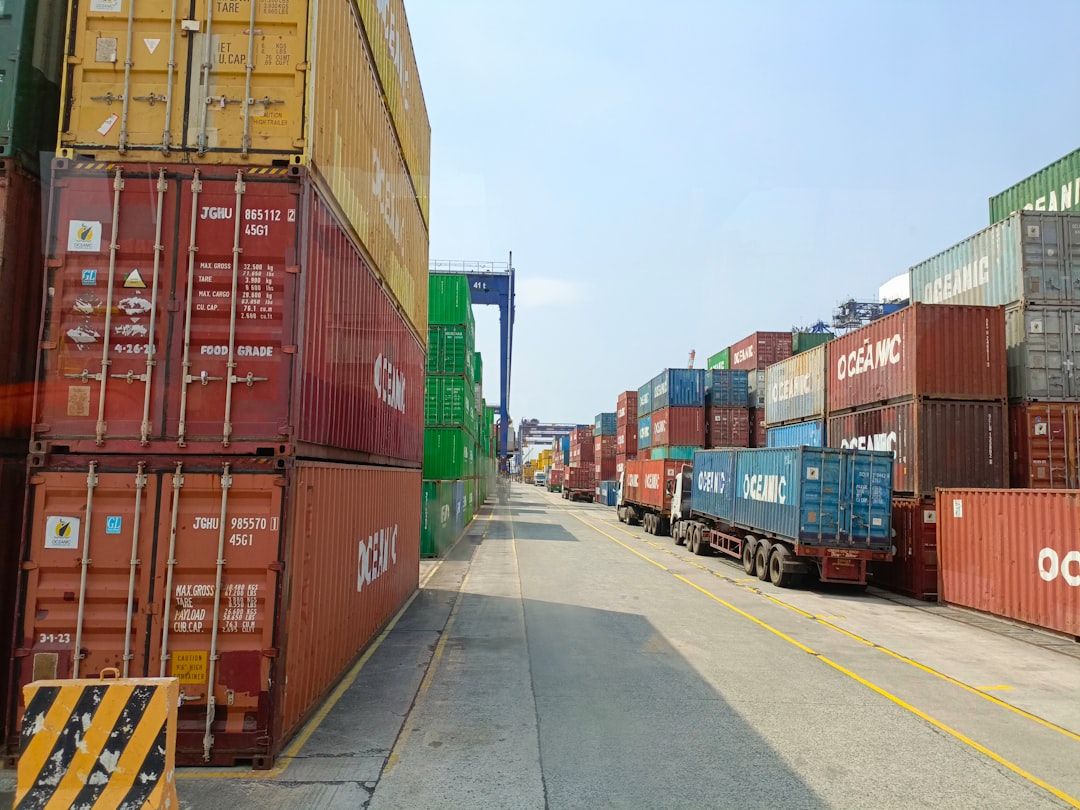In today’s competitive global marketplace, expanding into new territories and unlocking untapped customer segments requires more than just a good product or service. Many businesses are turning to a strategic tool called Market Development Assistance (MDA) to help overcome entry barriers and accelerate growth. But what exactly is Market Development Assistance, and when should a business consider using it? Even more critically, what kind of return on investment (ROI) can you expect?
What is Market Development Assistance?
Market Development Assistance refers to strategic support provided to businesses—often by governments, trade bodies, or large corporate partners—to help them expand into new markets. This assistance can come in several forms, including funding subsidies, access to marketing infrastructure, training, expert consultation, and logistics support.
Typically, MDA is designed to help businesses—especially small to medium-sized enterprises (SMEs)—navigate the complexities of international trade or break into unfamiliar local markets. In many countries, such assistance is offered as part of an economic development initiative to stimulate exports and create jobs.

Types of Market Development Assistance
MDA programs can vary in scope and purpose, but most fall under one of the following categories:
- Financial Grants: Covers part of the costs associated with trade shows, market research, product adaptation, or logistics.
- Capacity Building: Provides training in international trade laws, consumer behavior, or digital marketing tailored to new markets.
- Promotional Support: Includes access to government-sponsored marketing campaigns, exhibitions, and B2B matchmaking events.
- Technical Assistance: Helps with certifications, compliance, and regulatory approvals required in target markets.
- Market Intelligence: Offers insights into consumer behavior, competitive landscape, legal requirements, and more.
By reducing the friction associated with entering new markets, MDA programs can become a game-changer, especially for resource-strapped businesses ready to scale.
When Should You Use Market Development Assistance?
Not every company will need Market Development Assistance, but for many, it can drastically change the outcome of a market expansion strategy. Here are some situations where MDA is most impactful:
1. Early-Stage Market Entry
Venturing into a new region can be capital-intensive, particularly during the initial research, development, and regulatory navigation phases. MDA can help offset these early costs, reducing financial risks and accelerating entry.
2. Global Expansion Goals
Companies aiming to become global players often face knowledge gaps about unfamiliar markets. MDA programs provide expert insights into consumer trends, cultural nuances, and legal systems in different regions.
3. Targeting Niche Segments
Niche markets often require customized products and marketing strategies. MDA programs can provide the support needed to tailor offerings effectively, ensuring market resonance and brand acceptance.
4. Scaling After Proof of Concept
If a business has seen success in its home market and has validated its product or service, MDA can help scale this success globally by mitigating the operational and promotional costs of entering new regions.
5. Participation in Trade Missions or Expos
Being present at global expos can significantly boost brand visibility. Many MDA initiatives cover the costs associated with such trade events, making international exposure more accessible to SMEs.

Who Provides Market Development Assistance?
MDA is often associated with government organizations or economic development boards, particularly in countries aiming to enhance their export profiles. However, private entities, including multinational corporations and nonprofit trade associations, may also provide assistance programs to their partners or members.
Examples of prominent MDA providers include:
- International Trade Administration (USA)
- Export Development Canada (EDC)
- UK’s Department for Business and Trade (DBT)
- Enterprise Singapore
- Australian Trade and Investment Commission (Austrade)
Look for agencies and organizations within your country or industry that offer support. Most have websites with program guidelines, eligibility criteria, and application procedures.
How to Apply for MDA Programs
The application process can vary, but businesses typically need to provide:
- A detailed business plan outlining the market expansion strategy
- Financial statements or evidence of capability
- Target market research or rationale for market choice
- Specific goals and metrics tied to the assistance request
- Proof of previous success or product-market fit in home or existing markets
Businesses should also be prepared to report back on performance outcomes, such as number of leads generated, increase in export sales, or local partnerships formed.
Measuring ROI on Market Development Assistance
Quantifying the ROI of MDA initiatives can give stakeholders confidence and justify future investment. Here’s how some companies have realized substantial returns:
Case Study 1: Food Export USA
Using financial assistance provided for trade show participation, a small organic food company based in Iowa was able to attend the Anuga Trade Fair in Germany. The company reported gaining 12 new business clients and secured export contracts worth over $400,000 within a year. Their initial investment, supported by MDA, was just $15,000 — a return of more than 25 times the input.
Case Study 2: Enterprise Singapore’s MDA Support
A Singapore-based medtech startup partnered with Enterprise Singapore to expand into the Middle East and East Africa. Through subsidized research and promotional efforts, the firm entered three new markets and grew overseas revenue by 60% in 18 months. The assistance not only reduced market entry costs by 40% but also provided crucial contacts through government-sponsored B2B matching sessions.
Case Study 3: UK Department for Business & Trade
A design tech company in London received technical advising and marketing support for market entry into the U.S. within the creative sectors. The assistance yielded a new partnership with a major software distributor and opened doors to a client network in Silicon Valley, ultimately increasing company revenue by 35% year-over-year.
These examples highlight how MDA can significantly lower the barriers to new market entry and increase profitability. The returns are not just financial but also strategic—new partnerships, improved brand credibility, and enhanced operational capabilities overseas.
Key Takeaways
- Market Development Assistance is a structured support mechanism to help businesses expand into new markets.
- It is most useful during early entry, scaling phases, or niche market targeting ventures.
- MDA is provided by governments, trade organizations, and in some cases, private corporations.
- Successful utilization of MDA can result in high ROI through increased sales, partnerships, and global presence.
In a world where expansion can be fraught with high costs and unpredictable risks, Market Development Assistance stands out as a smart tool for de-risking growth strategies and accelerating success on a global scale. If your business fits the profile and has the ambition, exploring MDA opportunities could be one of the most profitable decisions you make.

